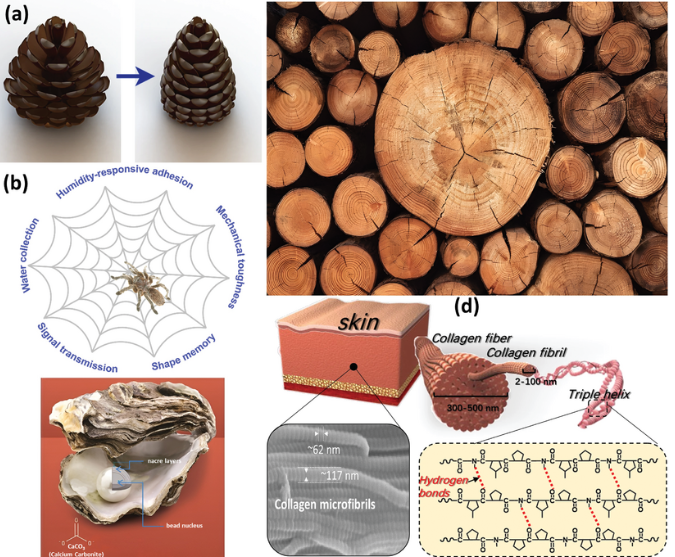Building a Greener Future: 3D-Printed Concrete that Captures Carbon
- Aniksha Kar
- Dec 20, 2024
- 3 min read

The construction industry, while essential for infrastructure development, is a significant contributor to global carbon emissions. Cement production alone accounts for approximately 8% of worldwide CO2 emissions. However, innovative solutions are emerging to address this challenge, with 3D printing leading the way. Researchers at Nanyang Technological University (NTU) in Singapore have developed a groundbreaking 3D concrete printing technique capable of capturing carbon, offering a promising path towards a more sustainable built environment. This breakthrough follows similar efforts, such as the University of Virginia's development of a lower-emission concrete formula for 3D printing, highlighting a global push for eco-friendly construction practices.
The Problem with Traditional Concrete
Traditional concrete production involves the calcination of limestone, a process that releases large amounts of CO2. This, coupled with the energy-intensive nature of cement manufacturing, contributes significantly to the construction industry's carbon footprint. Finding alternatives and improving existing processes is crucial for mitigating climate change.
NTU's Carbon-Capturing 3D Concrete Printing: How it Works
NTU's innovative approach tackles this problem head-on by integrating CO2 and steam, recovered as by-products from industrial processes, directly into the concrete mix during the 3D printing process. This integration allows the CO2 to become permanently trapped within the concrete's structure, effectively sequestering the greenhouse gas.
Here's a breakdown of the process:
CO2 Integration: The 3D printer is connected to CO2 pumps that deliver the gas into the concrete mix.
Steam Enhancement: A steam jet is also integrated into the system. The steam increases the concrete's capacity to absorb CO2, enhancing the carbon capture process and making the resulting structure even more robust.
Chemical Reaction: During printing, the CO2 reacts with the concrete components, leading to solidification and permanent fixation within the material.
Enhanced Performance and Environmental Benefits
This innovative technique offers several key advantages:
Increased Strength and Durability: Tests have demonstrated that the resulting concrete is significantly stronger and more durable than conventionally 3D-printed concrete. It can support up to 37% more weight and bend almost 45% more before breaking.
Enhanced Carbon Capture: The process captures 38% more CO2 compared to conventional methods, making a substantial contribution to reducing the environmental impact of concrete production.
Reduced Reliance on Traditional Methods: By optimizing material use, speeding up construction times, and reducing labor requirements, this approach can lessen the need for traditional, carbon-intensive methods like reinforced concrete.
Professor Tan Ming Jen from NTU's School of Mechanical and Aerospace Engineering (MAE) and Singapore Center for 3D Printing (SC3DP) emphasizes the importance of this development, stating that their system offers a carbon-reducing alternative that not only improves concrete's mechanical properties but also helps mitigate the sector's environmental impact. He highlights the potential of using CO2 from power plants and other industries, effectively "plowing back" this greenhouse gas through 3D concrete printing.
Future Directions
The researchers are continuing to refine their technique to further improve its efficiency. They also plan to explore the use of recycled industrial gases, rather than pure CO2, in the 3D printing process, which could offer even greater environmental benefits.
The Broader Implications
This research represents a significant step towards a more sustainable construction industry. By combining the precision and efficiency of 3D printing with carbon capture technology, NTU's innovation offers a compelling solution to reduce the environmental footprint of building and infrastructure projects. As the technology matures and becomes more widely adopted, we can expect to see a significant shift towards greener construction practices globally. This, combined with other advances in sustainable concrete production, offers hope for a future where construction contributes less to climate change.




Comments